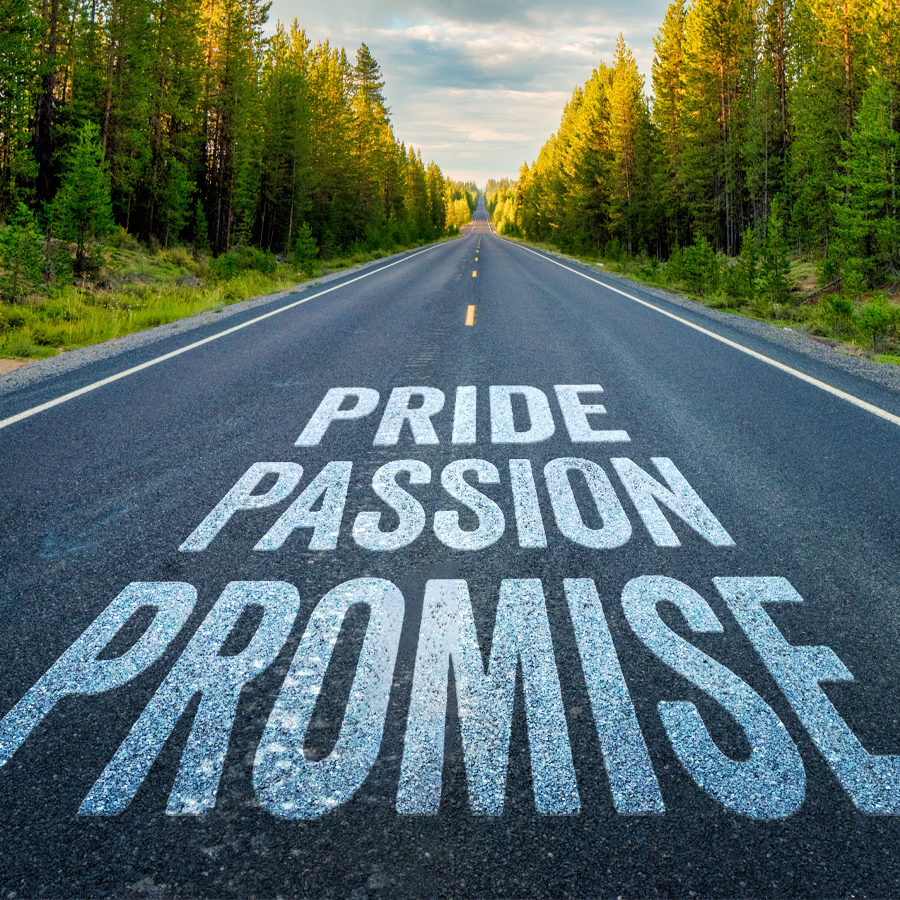Above and Below the Surface Elements of a School Community: Understand & Evaluate Your School’s Identity

There is no power for change greater than a community discovering what it cares about.
– Margaret J. Wheatley

INTRO
There’s a lot of talk about school community, climate, culture, and identity and how they’re all so important. But what exactly are they and how can you ensure your school actually develops a strong and positive community?
OBJECTIVES
- Understand the three elements of school community (climate, culture, identity) and how their roles and influence within the greater school community
- Assess your own school’s community using this information and template as a guide
ACTIVITY
Take some time to walk around your school campus with the goal of observing and evaluating each element of your school’s community as well as the overall sense of community. Actively reference the Above and Below the Surface: Elements of a School Community PDF (digitally or printed) as you take notes (we’ve provided a template to save you time).
- Date/Time
- Circumstances of Observations (who, what, when, where, why?)
- Climate Observed
- Culture Observed
- Identity Observed
- Community Observed
- Is the Sense of Community Strong & Positive?
Take some time to then further reflect individually on your observations and evaluations.
- Do your observations meet your aspirations for your school’s community?
- Which elements appear to already be “strong & positive”?
- Which elements does your school community need to grow and/or improve?
- What can you do to enhance your school’s sense of community?
- Who else can you involve to help you enhance your school’s sense of community?
BONUS
Have your leadership team complete this activity and everyone share and collaborate on the results.
TIPS
- Be sure to take detailed notes in the moment; include both tangible (using your 5 senses) and intangible (thoughts, feelings, etc.) observations. You may use the provided template if you’d like.
- Be sure to observe a variety of people and settings to get the most holistic and accurate sense of community: classrooms, hallways, lunchtime, office, sports/extracurriculars, events/activities, students, faculty, staff, parents/visitors, etc.
- If you have the time, complete the activity all at one time (at least of a regular day on campus), but if you don’t, that’s OK! You can break this up and return to it when you have more time.

About the Author
Dr. Matt Coleman is the CEO of Inflexion, where he leverages his deep-rooted expertise in school systems change to drive impactful educational reform. With a career spanning various roles—from educational assistant to assistant superintendent—Matt’s experience encompasses every level of secondary education.






Responses